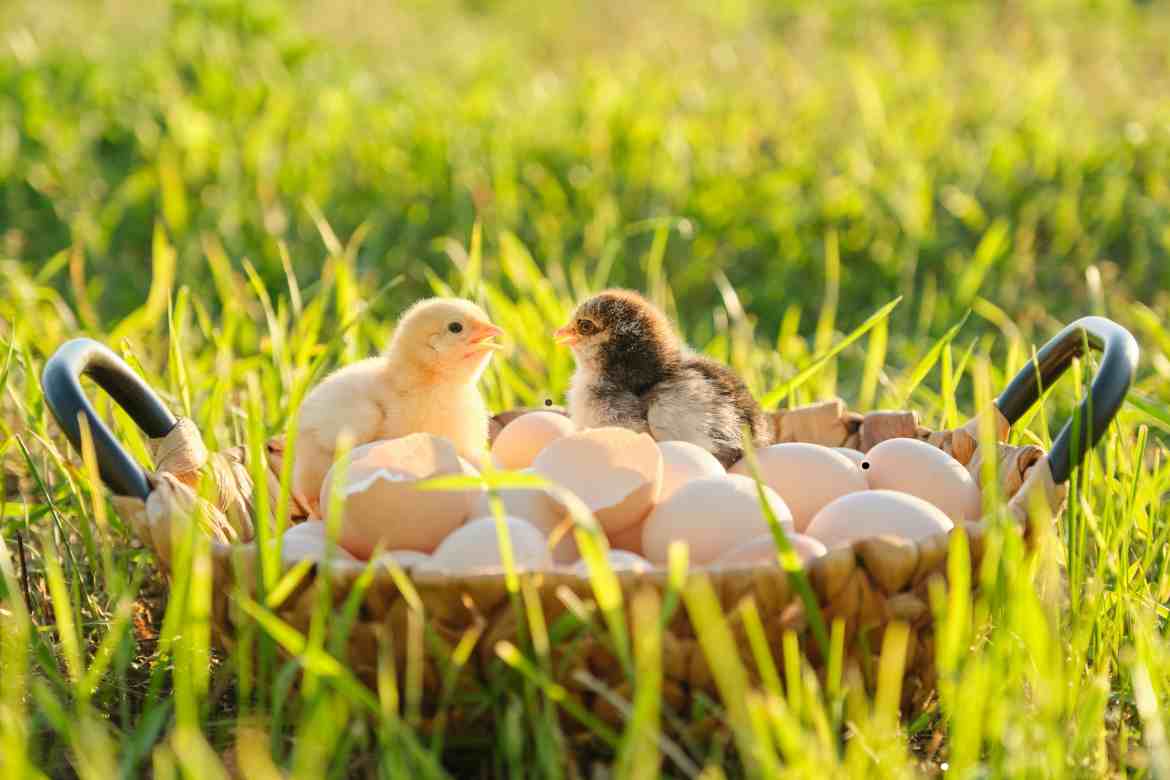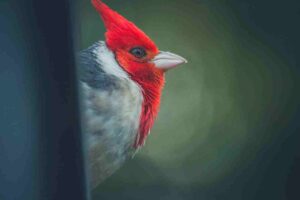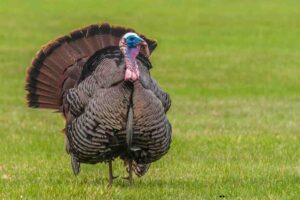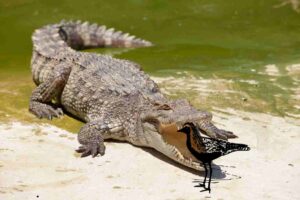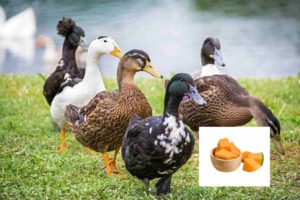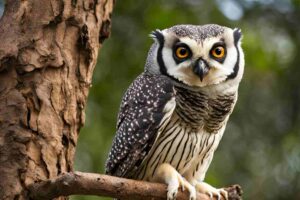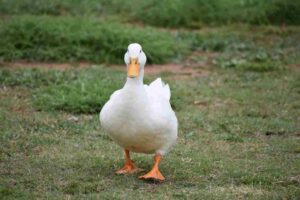The question Is a Chicken a Mammal often arises in discussions about animal classification and biology. Chickens are one of the most common domesticated animals worldwide, yet their classification can sometimes be misunderstood. This article will explore the characteristics that define chickens as birds, their evolutionary history, and how they differ from mammals. By the end, we will clarify why chickens are not mammals and highlight their unique traits as members of the avian class.
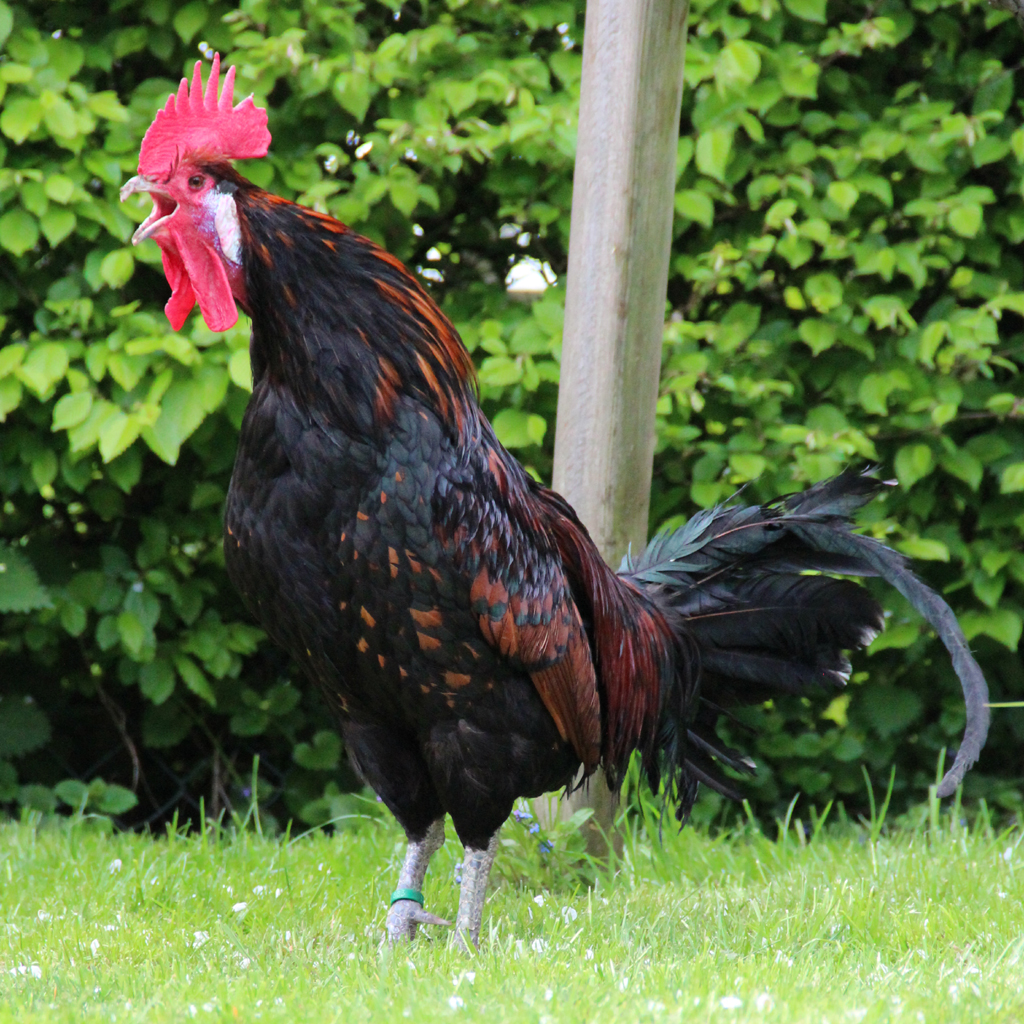
The Classification of Animals
To understand why chickens are not mammals, we first need to look at how animals are classified in the biological taxonomy system. This system categorizes living organisms into hierarchical groups based on shared characteristics. The primary ranks in this classification include:
- Domain
- Kingdom
- Phylum
- Class
- Order
- Family
- Genus
- Species
Chickens belong to the following classification:
- Domain: Eukarya (organisms with complex cells)
- Kingdom: Animalia (multicellular organisms that are heterotrophic)
- Phylum: Chordata (animals with a backbone)
- Class: Aves (birds)
- Order: Galliformes
- Family: Phasianidae
- Genus: Gallus
- Species: Gallus gallus domesticus
From this classification, it is clear that chickens fall under the class Aves, which is distinct from the class Mammalia (mammals).
Characteristics of Chickens
Chickens possess several defining characteristics that classify them as birds rather than mammals. Here are some of the key features:
1. Feathers
One of the most distinguishing traits of birds is the presence of feathers. Chickens are covered in feathers, which serve various functions, including insulation, waterproofing, and aiding in flight (though domesticated chickens are not strong fliers). Feathers are unique to birds and are not found in mammals. Many pet owner don’t know about Do birds eat spiders: While many people might associate birds primarily with seeds.
2. Egg-Laying
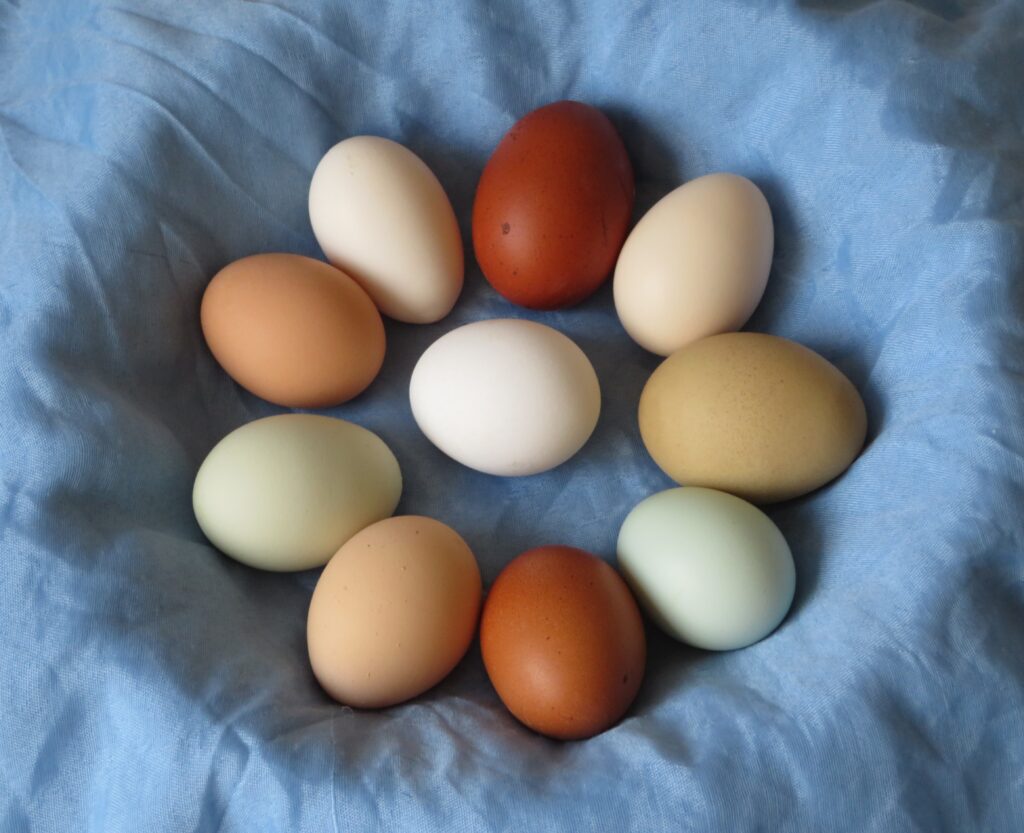
Chickens reproduce by laying eggs, which is a characteristic of birds. The eggs have hard shells made primarily of calcium carbonate, providing protection to the developing embryo. In contrast, most mammals give birth to live young and do not lay eggs (with the exception of monotremes like the platypus).
3. Beak Structure
Chickens have beaks made of keratin, which is a protein that forms the outer layer of their skin and feathers. Unlike mammals, which have teeth, chickens use their beaks to peck at food and manipulate objects. The structure of a chicken’s beak is adapted for their diet, which primarily consists of grains, seeds, and insects.
4. Lack of Mammary Glands
Mammals are defined by the presence of mammary glands, which produce milk to nourish their young. Chickens do not have mammary glands and do not nurse their chicks. Instead, the mother hen provides warmth and protection to her chicks after they hatch.
5. Skeletal Structure
Chickens have a lightweight, bony skeleton that is adapted for flight, although domesticated chickens are not strong fliers. Their bones are often hollow, which reduces weight without sacrificing strength. In contrast, mammals typically have denser bones.
Evolutionary History of Chickens

Chickens are domesticated descendants of the red junglefowl (Gallus gallus), which is native to Southeast Asia. The domestication of chickens began around 8,000 years ago, making them one of the earliest domesticated animals. Over time, selective breeding has led to the development of various chicken breeds, each with unique characteristics.
Ancestry and Domestication
The red junglefowl is believed to have been domesticated for various purposes, including meat, eggs, and religious or cultural significance. As chickens spread across the globe, they adapted to different environments and human needs, leading to the diverse breeds we see today.
Genetic Studies
Recent genetic studies have provided insights into the domestication process of chickens. These studies have shown that domesticated chickens share a significant amount of genetic material with their wild ancestors. This genetic connection highlights the evolutionary relationship between chickens and other birds, further solidifying their classification as members of the avian class.
Differences Between Chickens and Mammals
To further clarify why chickens are not mammals, let’s compare some key differences between the two classes:
| Feature | Chickens (Aves) | Mammals (Mammalia) |
|---|---|---|
| Body Covering | Feathers | Fur or hair |
| Reproduction | Lays eggs with hard shells | Live birth (most species) |
| Feeding Young | No milk production | Mammary glands produce milk |
| Skeletal Structure | Lightweight, hollow bones | Denser bones |
| Respiratory System | Air sacs and lungs | Lungs only |
| Heart Structure | Three-chambered heart | Four-chambered heart |
This table illustrates the fundamental differences between chickens and mammals, reinforcing the classification of chickens as birds.
The Role of Chickens in Human Culture
Chickens have played a significant role in human culture and agriculture for thousands of years. They are not only a source of food but also hold cultural and symbolic significance in various societies. One question that pet owner asked Can Chickens Eat Bananas. Yes, read the info.
1. Food Source
Chickens are one of the most widely consumed sources of protein globally. They provide both meat and eggs, making them a staple in many diets. The domestication of chickens has allowed for efficient poultry farming, contributing to food security in many regions.
2. Cultural Symbolism
In many cultures, chickens symbolize fertility, nurturing, and prosperity. They are often featured in folklore, art, and religious practices. For example, in some cultures, the hen is seen as a protector of the home and family.
3. Educational Value
Chickens are commonly used in educational settings to teach children about animal husbandry, biology, and ecology. Their relatively simple care requirements make them accessible for schools and community programs, fostering an appreciation for agriculture and animal welfare.
Conclusion
chickens are not mammals; they are birds belonging to the class Aves. Their unique characteristics, such as feathers, egg-laying, and the absence of mammary glands, clearly distinguish them from mammals. Understanding the classification of chickens enhances our appreciation for these remarkable birds and their role in human culture and agriculture.As we continue to explore the fascinating world of animals, it is essential to recognise the diversity of life forms and the unique traits that define each group. Chickens, with their rich history and cultural significance, serve as a reminder of the intricate connections between humans and the animal kingdom.
